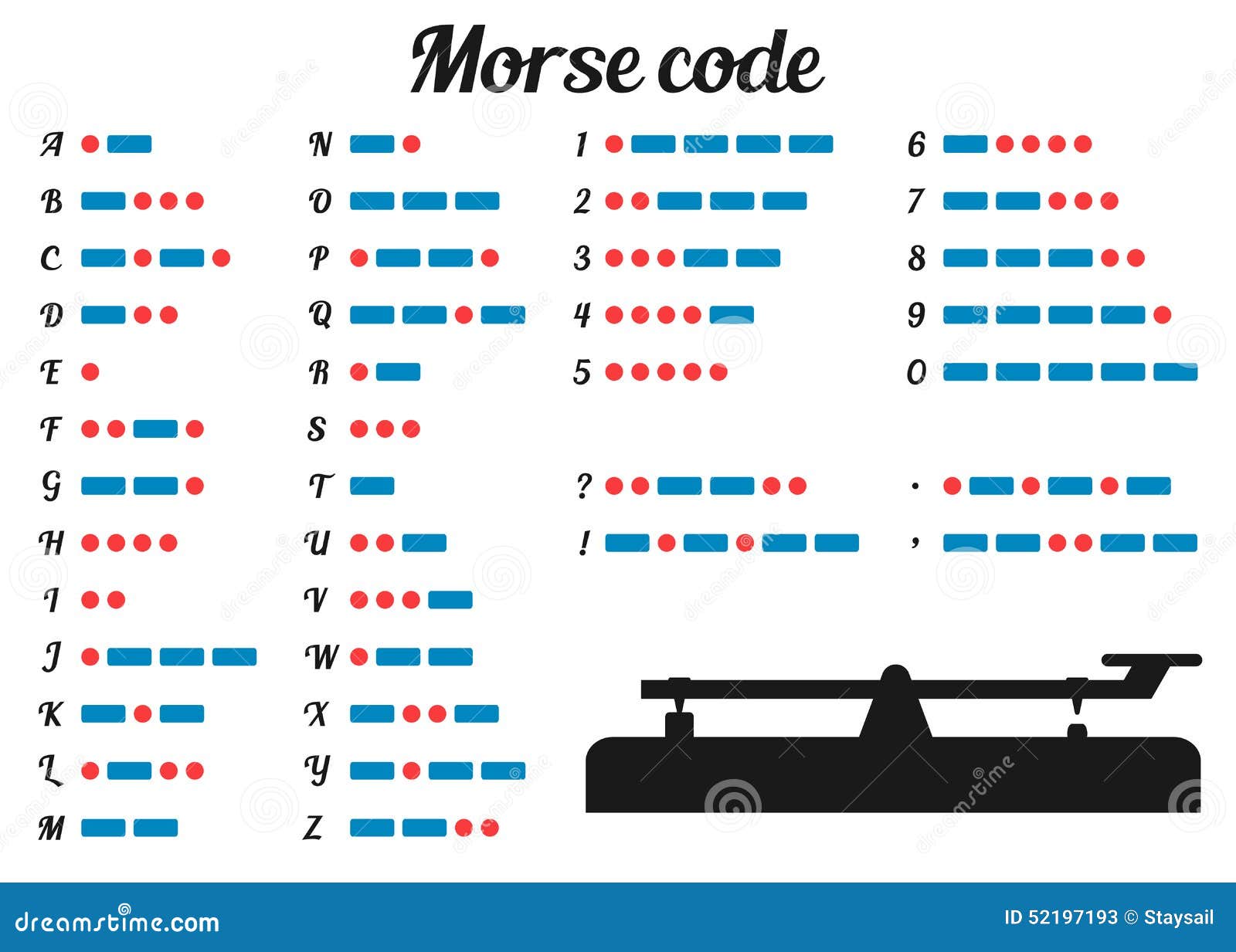

The decoder is designed for code speeds ranging from about 6 words per minute (WPM) to greater than 36 WPM. But to do this you need a device that copies and displays the code in parallel with you, which is what the stand-alone device described in this article is designed to perform. One way out of this delimma is to remove the burden of writing down the characters altogether during the process of building up your code speed.

Furthermore, when you make a mistake, the entire process collapses as your mind tries to perform error correction, trying to fill in the missing blanks, causing you to miss even more characters. The problem for most people is the non-real time nature of the process, i.e., writing down the last character while listening to, and decoding the signature of the next character. However, like thousands and thousands of others, you have trouble learning the code. not having obtaining that age old badge of proficiency that differientiated the HAM from other radio operators. So you want to become a HAM, or you've got one of those no-code licences, but like me feel somewhat lacking.

NOTE: I changed the header to be used with the PIC16F84A since those are readily available from Microchip.Ĭlick Here for the revised PIC assembly source code.Ĭlick Here for the revised HEX assembly source code. I also included the compiled hex file as well. Once this block of code is removed, it should compile. I have not had time to fully break apart the code yet, but I am assuming the extra code that exists with the duplicate label is extraneous and should be removed. You will notice that the code does not compile because of I am assuming that the code has been copied and pasted so many times that things have been jumbled. I have seen this problem all over the webĪnd I too have ran into the same problem when compiling the code. Most of them are because of the bad source code listing at the end of the author's notes. I have been getting a lot of emails about this project. Click Here for the the original Author/Designer's notes and pictures. This project is right up my alley! I gathered all parts and started building the circuit on a breadboard first before designing the circuit board to etch.
#Pic basic morse decoder mods
3D Printed Projects Alternative Power Amplifiers Antenna Launcher Antenna Rotator Antenna Switch APRS Arduino Attenuators ATV Audio Batteries Beacon keyers Calculators CB Radios Coax Cables and Connectors Components Digital ATV projects DTMF Dummy Loads Duplexers Electronics Filters Frequency Counter Grounding Ham Radio Go Kits Headsets and Speakers HF Radios Homebrew Key Clicks Keyers Lightning Protection Mic wiring Microphones Mircrowave Morse Code Decoder* Morse Code Oscillator Morse Keys Pan Adapter Power Meter Power Supply Preamplifiers Programming Radio QRM Eliminator QRP Projects Radio Direction Finding Radio Frequency Interference Radio Mods Radio Programming Cable Raspberry Pi Receiver Front-End Protector Receivers Repeater RF Design RF Safety RF Signal Generators Scanners Software Defined Radio Soldering and Desoldering Sound Card Radio Interfacing Spectrum Analyzers Standing Wave Ratio SWR Meters Test Equipment Transverters TVI Filters Vacuum tube Vector Network Analyzer VHF Radios WiFi Search The DXZone.Morse Code Decoder Circuit - Using a PIC Microcontroller


 0 kommentar(er)
0 kommentar(er)
